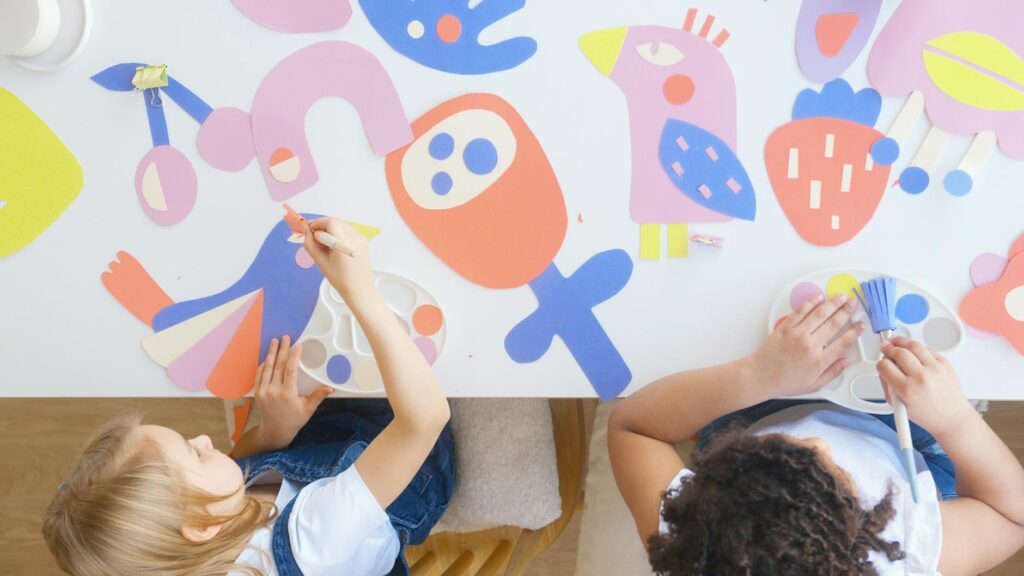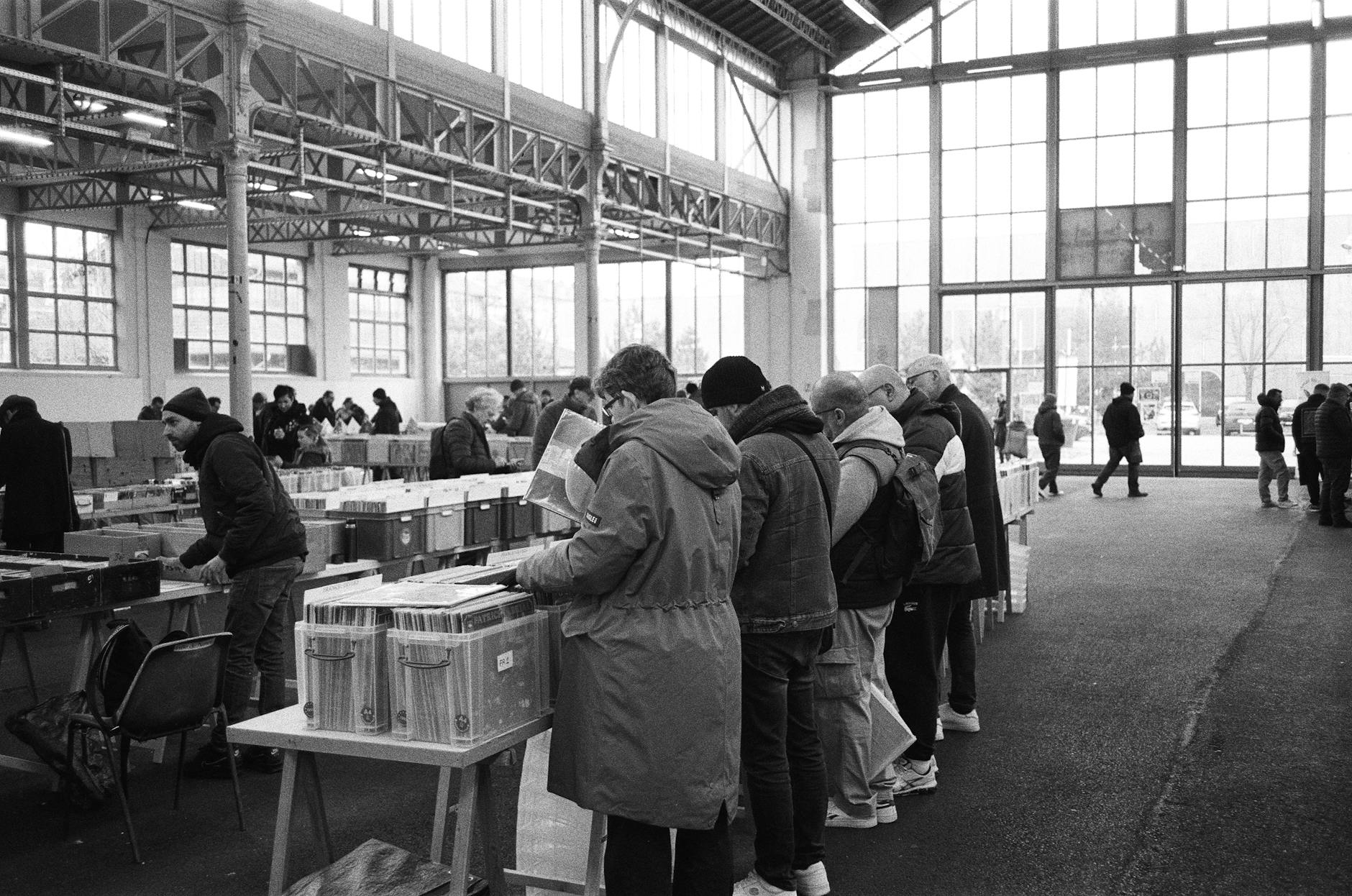Creating a sense of flow between rooms is crucial for a cohesive and inviting home. It’s about seamlessly connecting different spaces to enhance the overall feel and functionality of your living environment. This isn’t just about the physical layout; it’s about clever use of design elements to guide the eye and create a sense of harmony.
Understanding Spatial Flow
Before diving into specific techniques, it’s important to understand the concept of spatial flow. It’s about how easily the eye and body move from one room to the next. Think of it as creating a visual and physical narrative throughout your home. A well-designed flow prevents the feeling of abrupt transitions, making the space feel larger and more welcoming. 
Consistent Flooring
One of the simplest yet most effective ways to create flow is by using consistent flooring throughout the main living areas. This doesn’t mean every room needs to be identical, but using similar materials or color palettes in adjacent rooms creates a visual connection. For example, extending hardwood floors from the living room into the dining area helps maintain a sense of continuity. Consider exploring options like wide plank flooring for a modern feel.
Color Palette Continuity
Maintaining a consistent color palette is another key element. Use a similar color scheme across different rooms, perhaps varying the shades or tones to add interest. A neutral base with accent colors woven throughout can tie the spaces together beautifully. For instance, using the same shade of gray on the walls in different rooms, but varying the accent colors, can create a cohesive yet distinct feel. 
Strategic Furniture Placement
How you arrange furniture plays a vital role in guiding the flow. Avoid blocking doorways or creating visual barriers. Instead, use furniture to gently direct movement through the spaces. For example, angling a sofa to face a doorway encourages natural movement between the living and dining areas. Read more on optimizing furniture placement for better flow.
Lighting and Visual Connections
Lighting is a powerful tool for creating flow. Using similar lighting fixtures or styles throughout the home creates a cohesive look. Furthermore, consider using windows and mirrors to maximize natural light and create visual connections between rooms. A strategically placed mirror can reflect light and views, making the space feel larger and more open. 
Using Rugs as Transition Points
Rugs can act as visual anchors and transition points between rooms. Using a similar rug style or color in different areas, but with slight variations in size or pattern, creates a subtle connection. For example, a large rug in the living room could be complemented by a smaller, similarly styled rug in the adjacent hallway.
Incorporate Similar Architectural Details
Consider incorporating similar architectural details, such as crown molding or baseboards, throughout your home. These consistent features can subtly tie rooms together and create a sense of unity, even when the furniture and decor differ. Architectural Digest has many articles on the power of consistent details.
Openings and Sightlines
Architectural elements like archways, openings, or strategic placement of furniture can create visual connections between rooms. Consider using large windows or glass doors to maximize natural light and create a sense of openness. Clever use of sightlines allows you to visually connect spaces, even if they’re not directly adjacent. [IMAGE_4_HERE]
Conclusion
Creating flow between rooms is about thoughtful design choices that guide the eye and encourage natural movement. By utilizing consistent flooring, color palettes, lighting, and furniture placement, you can transform your home into a cohesive and inviting space. Remember that the key is to create a seamless transition between rooms, avoiding abrupt changes that disrupt the flow and overall ambiance. Check out our guide on creating a cohesive home design.
Frequently Asked Questions
What if my rooms have very different functions? Even with different functions, you can still create flow by using consistent design elements like color palettes and flooring materials. Accentuate the differences subtly rather than making them jarring.
How important is natural light in creating flow? Natural light is very important. It helps to visually connect spaces and makes the home feel more open and welcoming. Maximize natural light wherever possible.
Can I achieve flow with a limited budget? Absolutely! You don’t need expensive renovations. Focus on simple changes like consistent paint colors, strategically placed rugs, and rearranging furniture.
What about different ceiling heights? Addressing different ceiling heights requires careful planning, but you can still achieve flow using other techniques like consistent wall colors, flooring, and the strategic use of lighting. This resource offers some helpful suggestions.
Is it better to use similar furniture styles throughout the house? While not strictly necessary, using similar furniture styles across different rooms can definitely enhance the flow, but don’t be afraid to incorporate your own style and personality!





